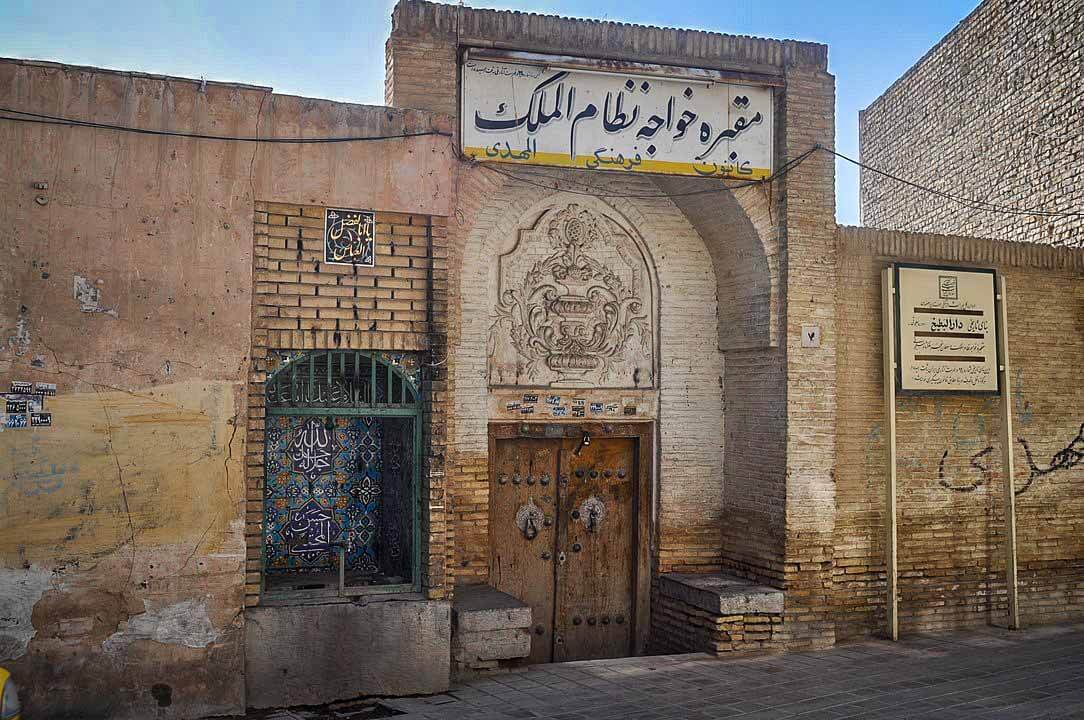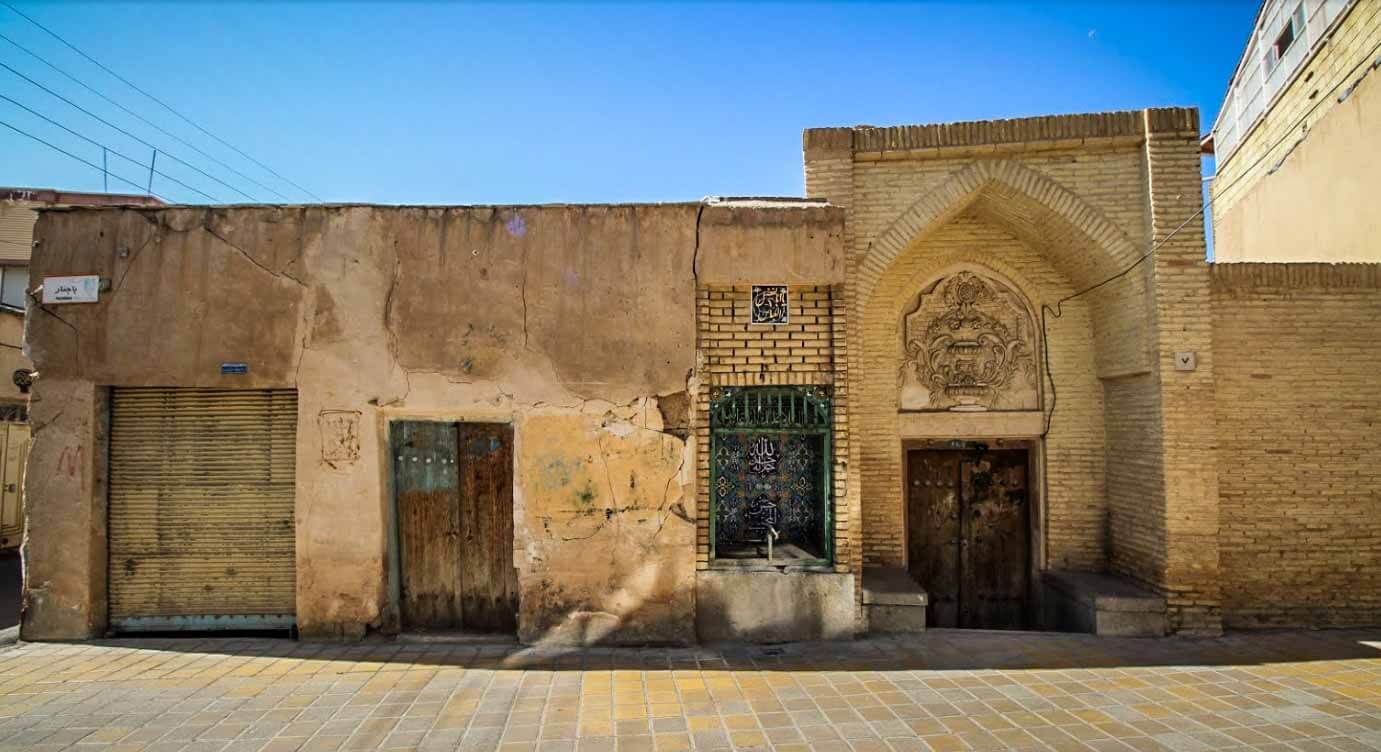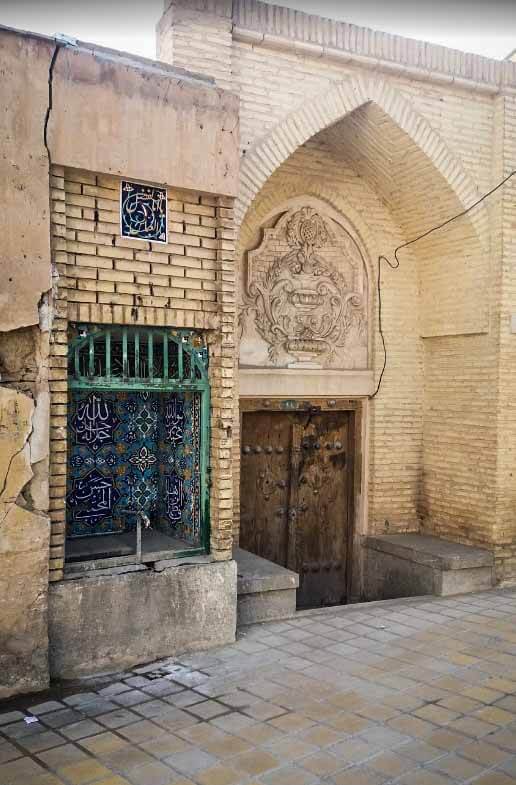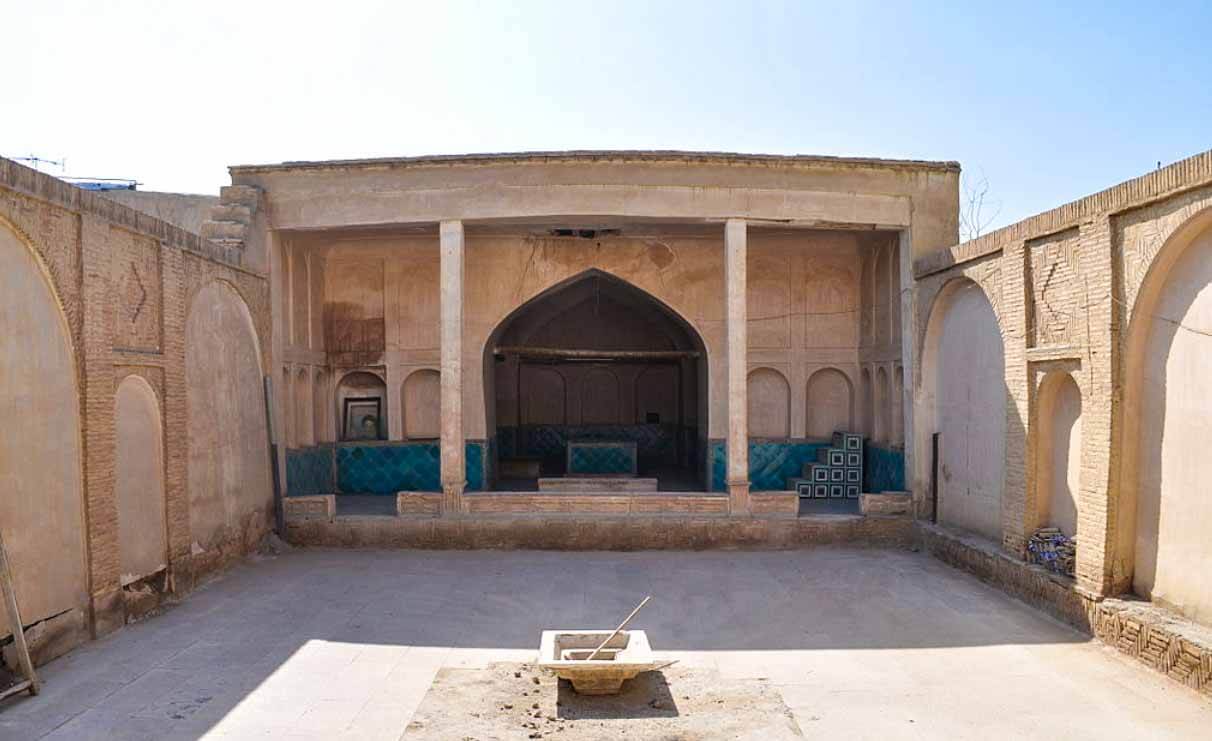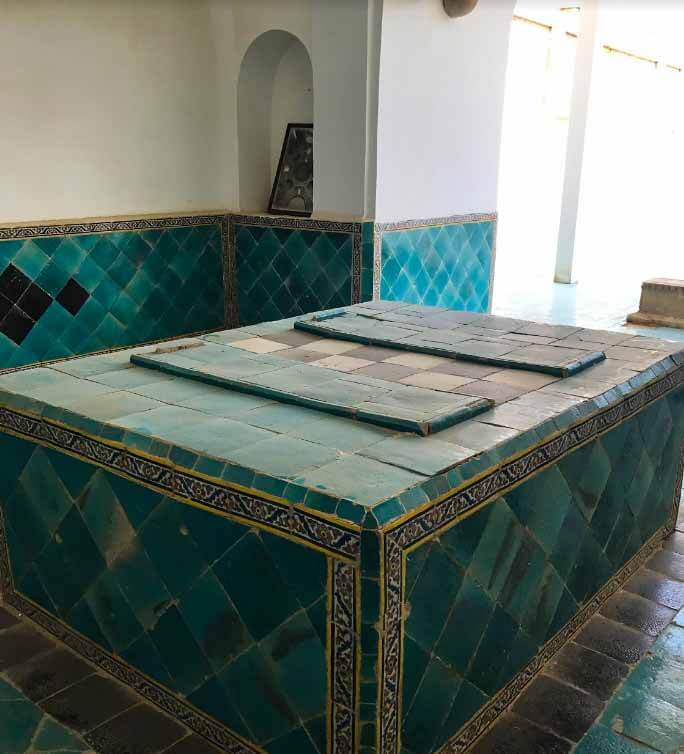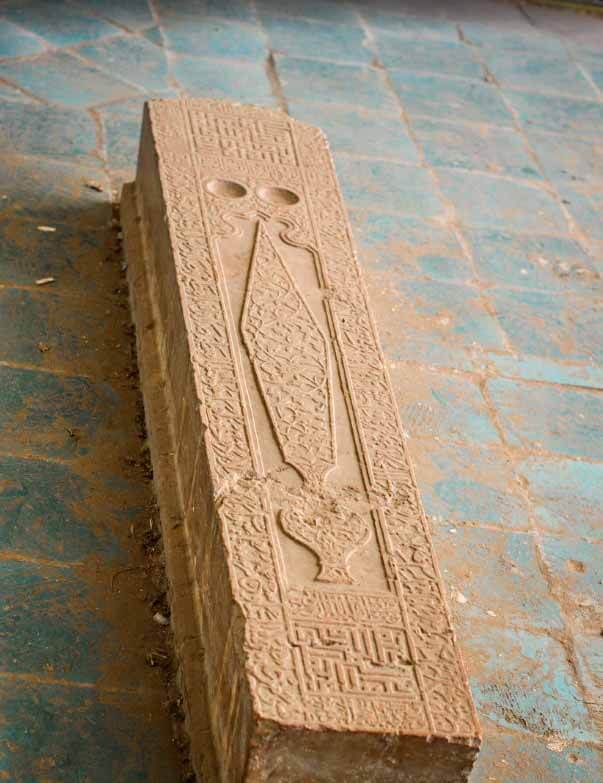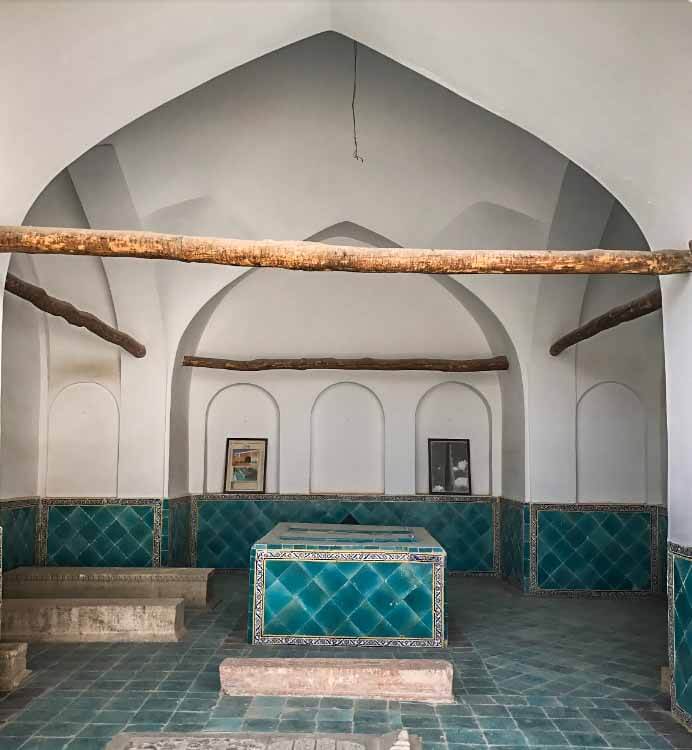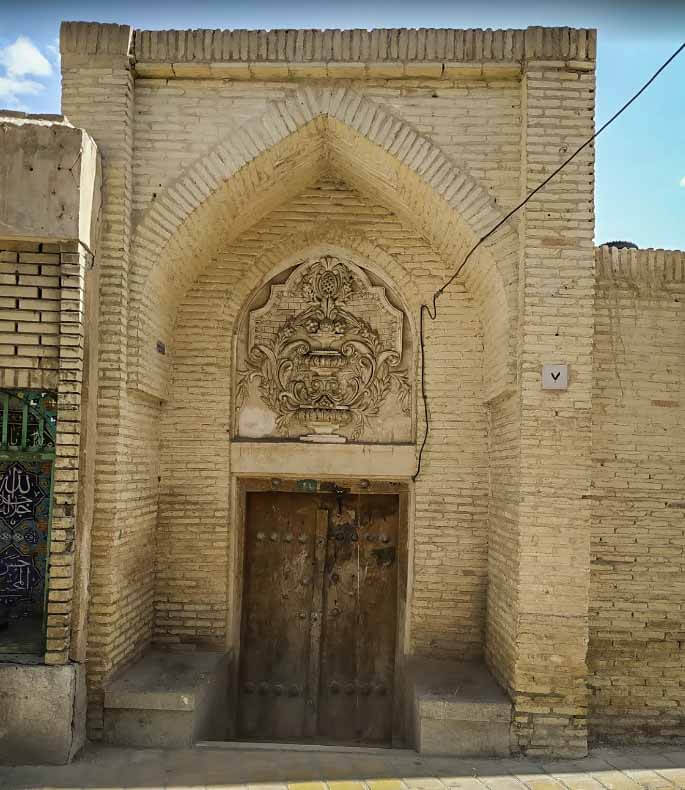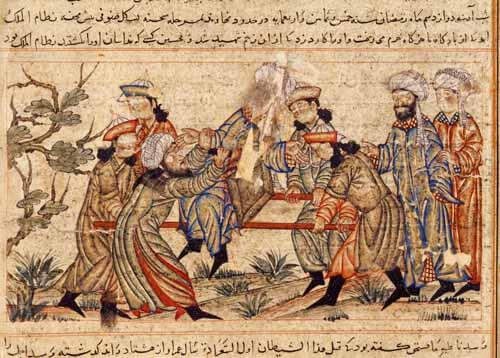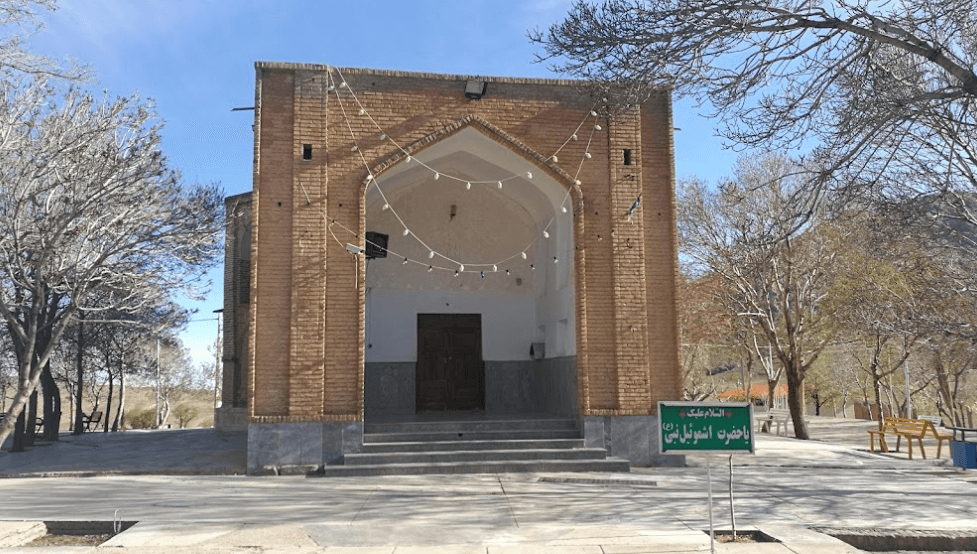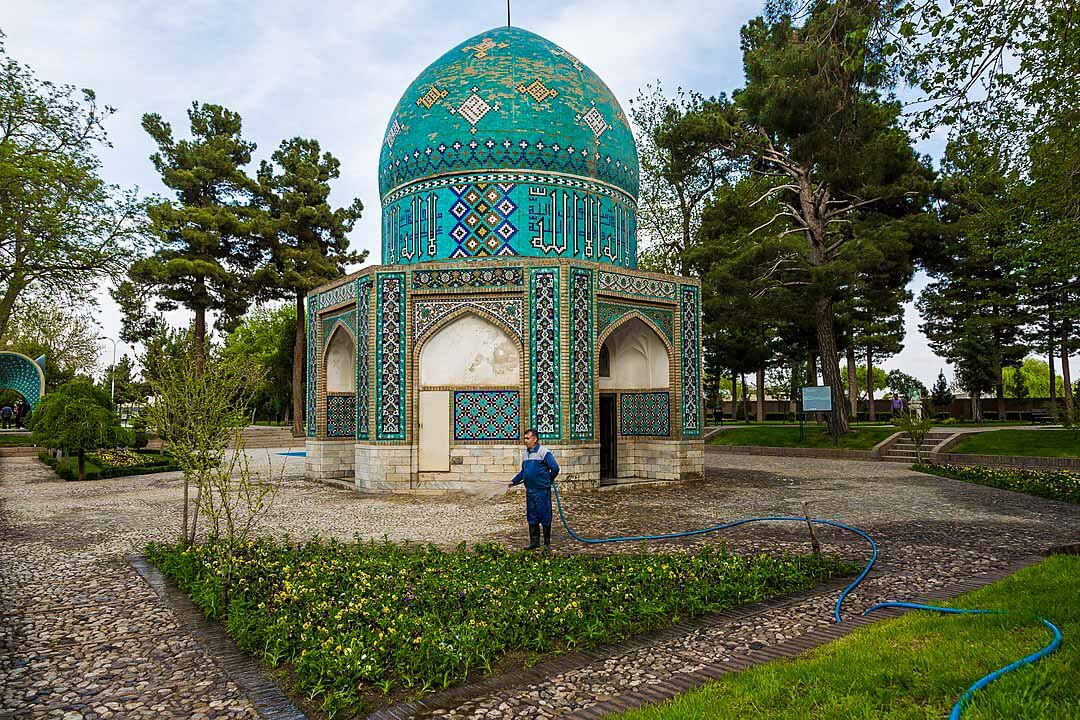Isfahan, Iran
Coordinates: 32.66493501, 51.69133574
Abu Ali Hasan ibn Ali Tusi, better known by his honorific title of Nizam al-Mulk (Order of the Realm) was a Persian scholar and vizier of the Seljuk Empire.
Rising from a lowly position, he was the de facto ruler of the empire for 20 years after the assassination of Alp Arslan in 1072, serving as the archetypal “good vizier” of Islamic history.
One of his most important legacies was founding madrasa in cities throughout the Seljuk Empire. These were called “nezamiyehs” after him. He wrote Siyasatnama (Book of Government), a political treatise that uses historical examples to discuss justice, effective rule, and the role of government in Islamic society.
Death
Nizam al-Mulk was assassinated en route from Isfahan to Baghdad on 10 Ramadan 485 A.H. (14 October 1092) The mainstream literature says he was stabbed by the dagger of a member of the Assassins, sent by the notorious Hassan-i Sabbah near Nahavand, as he was being carried on his litter. The killer approached him disguised as a dervish.
Another report says he was killed in secret by Malik-Shah I in an internal power struggle. Consequently, his murder was avenged by the vizier’s loyal academics of the Nizamiyyah, by assassinating the Sultan. The account is disputed and remains a controversy because of the long history of friendship between Malik-Shah I and Nizam.
Another report says that he was assassinated with Malik Shah I in the same year, after a debate between Sunni and Shi’a scholars which was prepared by him by the orders of Malik Shah I and which resulted in converting him and the king to the Shi’a Islam. The story is reported by the son-in-law of Nizam al-Mulk, Mughatil ibn Bakri who attended the debate.
Tomb
The Tomb of Nizam al-Mulk is in the Ahmadabad quarter of Isfahan.
Beside his gravestone there are two other gravestones which belong to Malik-Shah I and his wife Tarkan Khatun, who may have had a hand in Nizam’s murder.
Besides the many changes in the garden and structure of tomb, the three valuable gravestones have been changed also. The current simple gravestones date back to Safavid era.
No names are mentioned on them (perhaps by intention) and there are some sentences from Quran on them.
The gravestone, which is known as Nizam al-Mulk’s gravestone is a marble gravestone and has a dimension of 2 m x 35 cm x 38 cm (length x width x height).
Legacy
Nizam al-Mulk was an excellent and clever vizier, he represented the majesty, splendor and hospitality of the Barmakids, historians and poets describe him as a great organizer and an ideal soldier and scholar.
Only thanks to him it was possible for the Seljuk Turks to establish a powerful empire in their new home.


